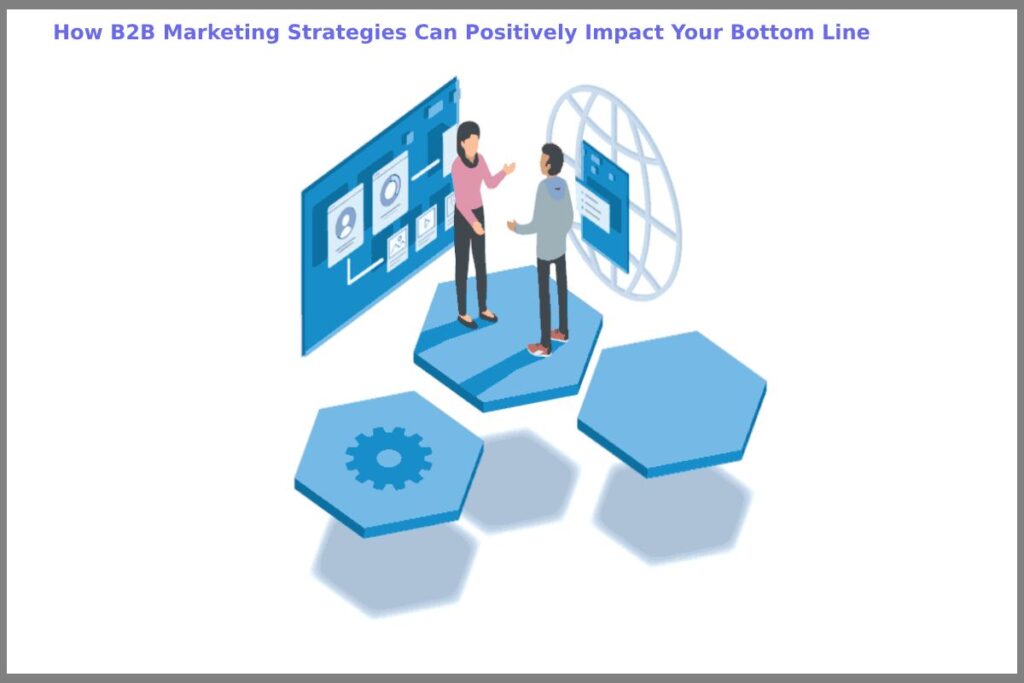A well-executed B2B marketing strategy can significantly impact your bottom line. Many businesses see a positive return on investment (ROI) after implementing a B2B marketing plan. That’s because B2B marketing is all about creating long-term relationships with customers and prospects. In this article, Maxim Gorin will discuss the different components of a successful B2B marketing strategy and how they can help you achieve your business goals.
What Is B2B Marketing?
Briefly, B2B marketing is all about creating long-term relationships with customers and prospects. This means that the businesses involved must first determine their target market, who they are trying to reach, and how best to do so effectively. With this information in hand, companies can begin developing a strategy for reaching these potential clients through various channels such as social media sites like LinkedIn or Twitter or even on traditional platforms like television commercials or print advertisements. Once this data has been gathered, it’s occasion to start putting together an effective plan that will help drive traffic back towards your business website, where those new leads will eventually become paying customers (or at least regular visitors).
What Are The Different Types Of Marketing Strategies?

There are many different marketing strategies, and each one has its own set of benefits. Some examples include affiliate programs:
- Amazon Associates – where you earn money when someone clicks through from your website to their product page on Amazon’s site,
- Pay per click advertising campaigns with Google AdSense – where advertisers bid for placement at the top or bottom of search results pages
- More traditional methods include cold calling prospects via the telephone or sending out emails offering special offers.
The list go on, but these are just some examples that should give you an idea about how much variety there is in this type of business venture.
How To Implement A Marketing Strategy And Measure Its Success
The real question becomes: How do I implement a marketing strategy and measure its success? The answer is easy – you need to track every step along the way. If your website isn’t converting traffic into sales, then there’s something wrong with that part of your plan, and it needs fixing ASAP!
There are many different ways of tracking results, but one method uses Google Analytics to see what keywords people are using when they search for products or services related to yours. This data can give insight and provide valuable information on improving those pages. Hence, they convert at higher rates than before (hopefully leading more customers back towards making purchases). You’ll also want an email list full of subscribers who have opted in through an opt-in form because this means they’ve already permitted you to contact them. This is a great way to keep in touch with customers and prospects alike, letting them know about special offers, discounts, and new products/services that you may be offering.
The Benefits Of A B2B Marketing Strategy For Your Business
There are many benefits of using a B2B marketing strategy for your business – here are just a few:
- Increased profits from increased traffic and leads
- Improved customer retention rates
- Reduced marketing costs due to the long-term nature of the relationships you’re building.
B2B marketing can be an extremely effective way to reach new customers and grow your business. By understanding the different types of B2B marketing strategies and implementing them, you can create a plan that will help you achieve your goals. Measuring the success of your B2B marketing strategy is essential to make necessary adjustments along the way, and the benefits of using this type of marketing can be tremendous. Are you ready to start growing your business with B2B marketing?


